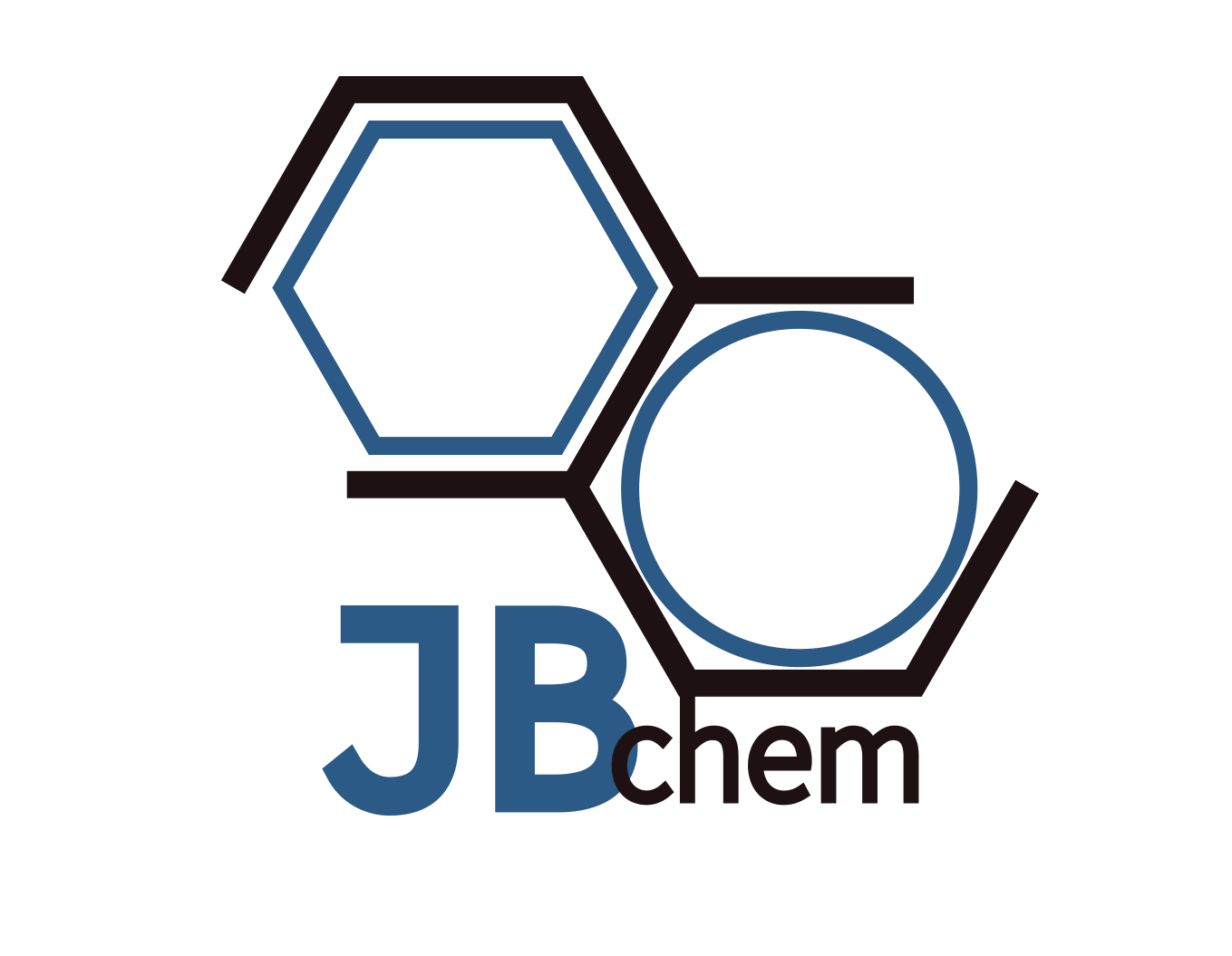Product Properties
Product: Samarium Oxide
Formula: Sm2O3
Purity:99.999%(5N), 99.99%(4N),99.9%(3N) (Sm2O3 /REO)
CAS No.: 12060-58-1
Molecular Weight: 348.80
Density: 8.347 g/cm3
Melting point: 2335° C
Appearance: Light yellow powder
Specification of Samarium Oxide
| Sm2O3/TREO (% min.) | 99.999 | 99.99 | 99.9 | 99 |
| TREO (% min.) | 99.5 | 99 | 99 | 99 |
| Loss On Ignition (% max.) | 0.5 | 0.5 | 1 | 1 |
| Rare Earth Impurities | ppm max. | ppm max. | % max. | % max. |
| Pr6O11/TREO Nd2O3/TREO Eu2O3/TREO Gd2O3/TREO Y2O3/TREO | 3 5 5 5 1 | 50 100 100 50 50 | 0.01 0.05 0.03 0.01 0.01 | 0.03 0.25 0.24 0.03 0.01 |
| Non-Rare Earth Impurities | ppm max. | ppm max. | % max. | % max. |
| Fe2O3 SiO2 CaO Cl- NiO CuO CoO | 2 20 20 50 3 3 3 | 5 50 100 100 10 10 10 | 0.001 0.015 0.023 0.011 | 0.033 0.03 0.03 0.022 |
Application of Samarium Oxide
- Ceramics and Glass Manufacturing: Samarium oxide is used in the ceramics and glass industry to add color and control optical properties. In glass, Sm2O3 can absorb infrared radiation, making it useful in glasses that protect against infrared radiation. It’s also used to manufacture special glasses for optical lasers and fiber optics, where precise control over light transmission is essential.
Catalysis: Like many rare earth oxides, samarium oxide can serve as a catalyst in several chemical reactions. It’s particularly useful in catalyzing the dehydration and dehydrogenation of alcohols and other organic compounds. These reactions are important in the production of various chemicals and fuels.
Electronics and Semiconductors: Samarium oxide finds applications in the electronics industry, particularly in the manufacturing of semiconductors. It can be used in the production of dielectric materials for capacitors, a fundamental component in many electronic devices. The unique electronic properties of Sm2O3 make it suitable for such applications, contributing to the miniaturization and efficiency of electronic components.
Luminescent Materials: Samarium oxide is used in the production of luminescent materials, which are materials that can emit light upon exposure to a light source. These materials are used in display screens, lighting, and other applications that require phosphorescence or fluorescence. The specific light-emitting properties of samarium compounds make them valuable for creating distinct colors and effects.

